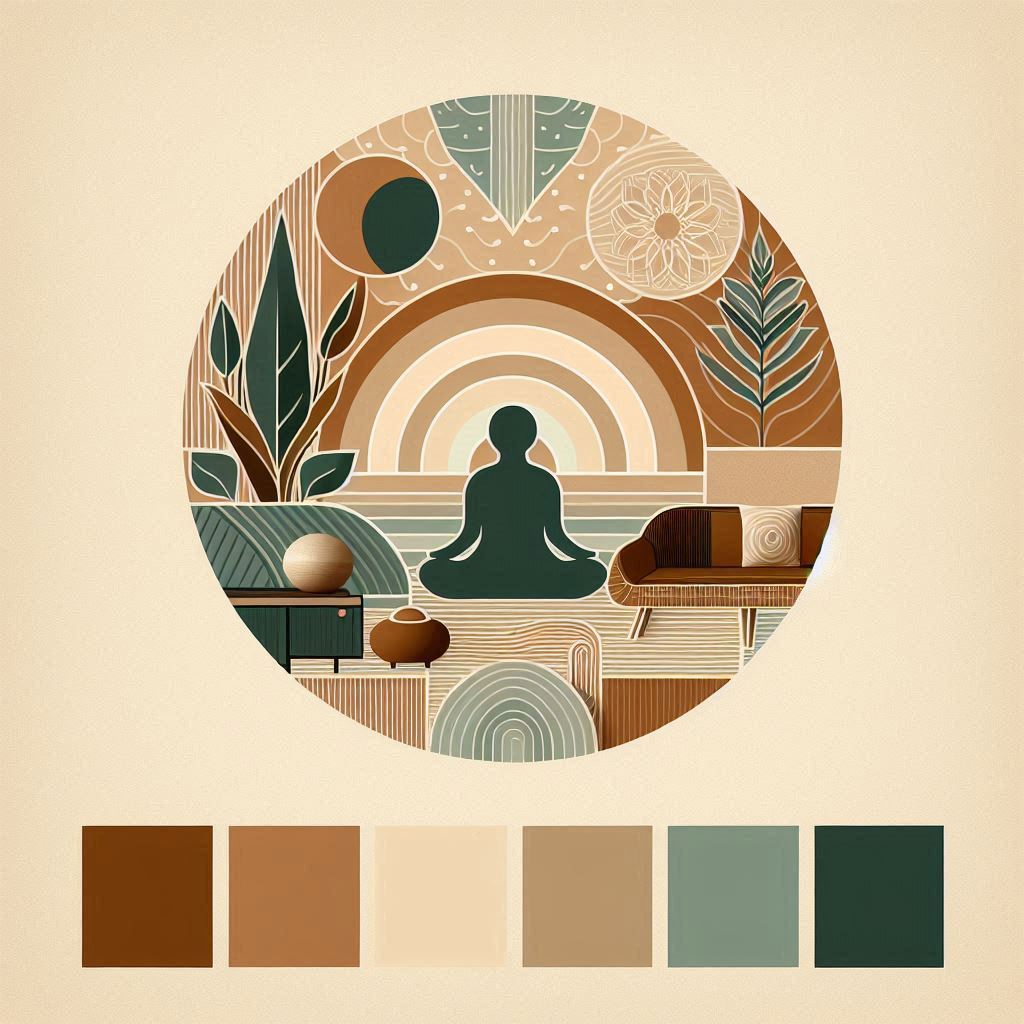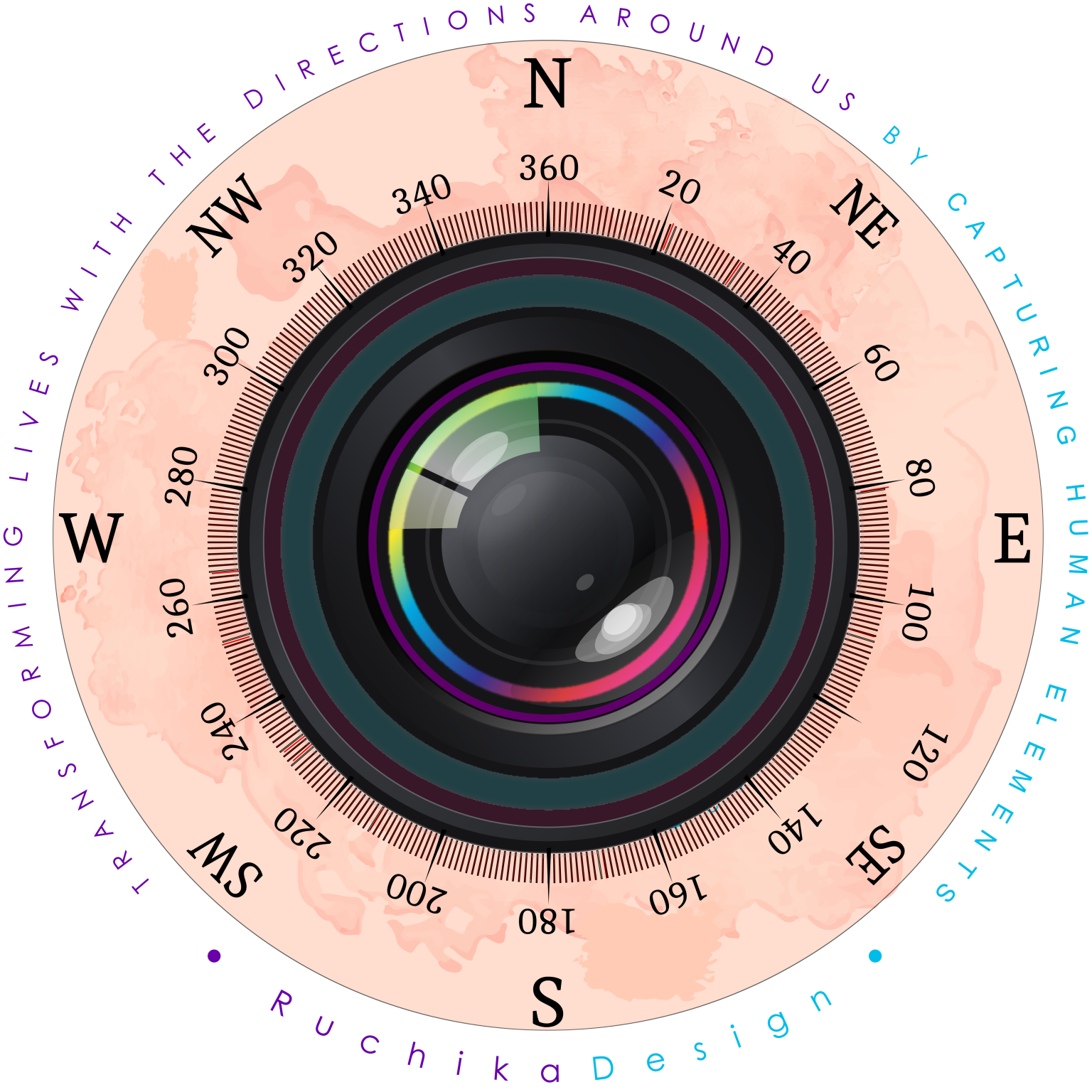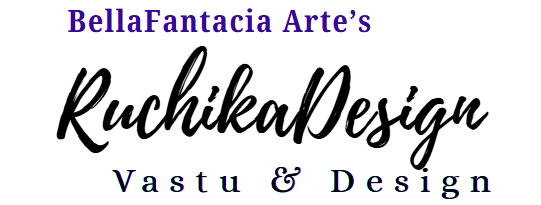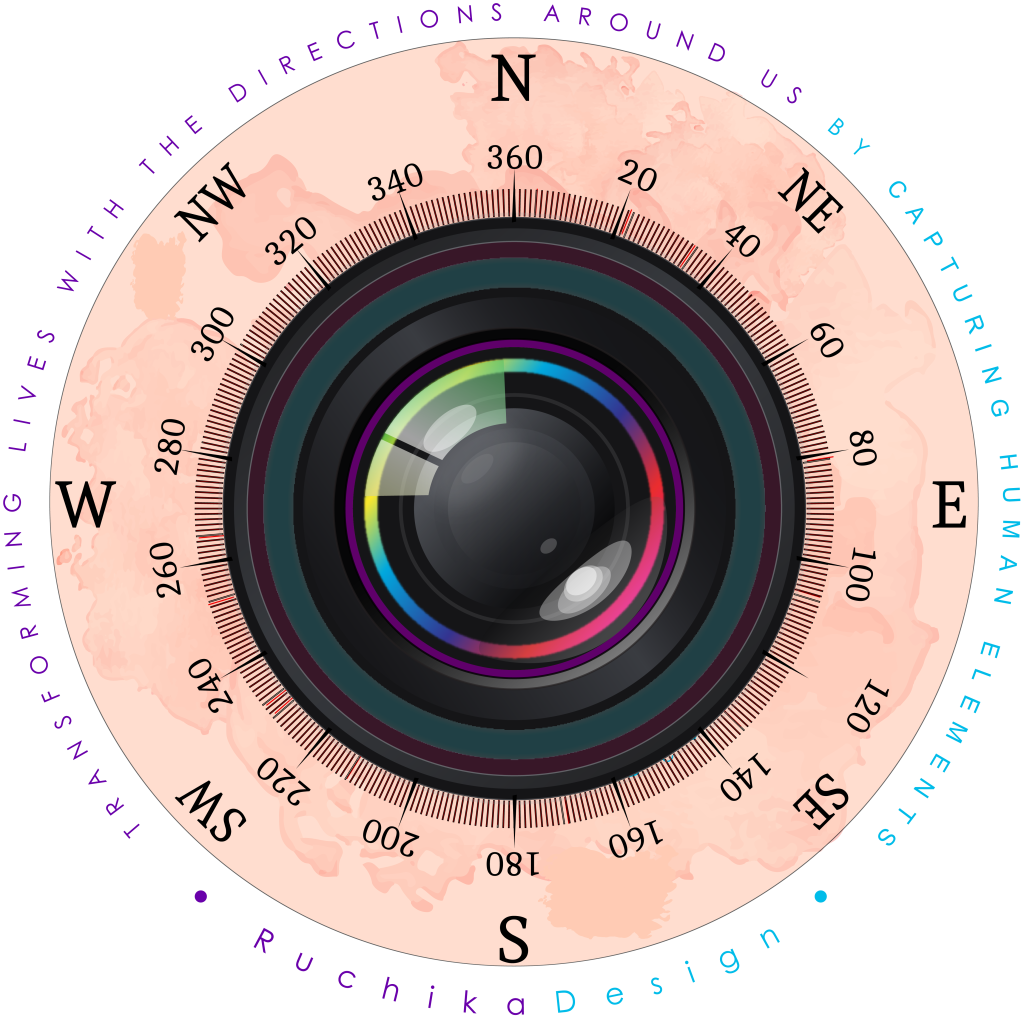
YOGA IN DESIGN – A Path to Well-Being through vastu perspective
Post by : Ruchika
Post date : 19/06/2024
Yoga in Design: Creating Harmonious Spaces
Incorporating the principles of Yoga and Vastu Shastra into design goes beyond aesthetics; it is about creating spaces that foster balance, harmony, and well-being. This holistic approach to design, often referred to as “Yoga in Design,” seeks to align our living and working environments with the natural forces and energies of the universe.
Understanding Yoga in Design
Just as yoga harmonizes the body, mind, and spirit, Yoga in Design aims to harmonize our physical spaces. This concept integrates the principles of Vastu Shastra, the ancient Indian science of architecture, with modern design practices to create environments that promote health, tranquility, and productivity.
Key Elements of Yoga in Design
- Balance and Harmony:
- Proportion and Symmetry: Just like in yoga where balance and symmetry are crucial, in design, these elements create a sense of harmony and peace.
- Natural Elements: Incorporate elements such as wood, stone, plants, and water to bring the natural world indoors, fostering a sense of calm and connectedness.
- Mindful Layout:
- Directional Alignment: Align rooms and furniture to the cardinal directions as suggested by Vastu Shastra to optimize the flow of positive energy.
- Flow and Movement: Ensure smooth flow and movement within spaces, avoiding clutter and obstacles that can disrupt energy flow.
- Elemental Integration:
- Earth: Use earth tones and natural materials to ground the space and provide stability.
- Water: Incorporate water features or blue hues to create a calming and tranquil environment.
- Fire: Use proper lighting and warm colors to energize the space and promote vitality.
- Air: Ensure good ventilation and incorporate light fabrics to enhance the flow of air and energy.
- Space: Maintain open and uncluttered areas to allow for free movement and a sense of openness.
- Spiritual and Emotional Well-being:
- Meditation and Reflection Spaces: Create dedicated areas for meditation, yoga, or quiet reflection to nurture the mind and spirit.
- Personal Sanctuaries: Design personal spaces that reflect your personality and provide a sense of comfort and retreat.
Practical Tips for Implementing Yoga in Design
- Declutter Regularly:
- Removing unnecessary items helps clear the mind and allows positive energy to flow freely through your space.
- Use Natural Light:
- Maximize natural light to create a bright and uplifting environment. Use sheer curtains and mirrors to enhance light distribution.
- Incorporate Plants:
- Indoor plants not only purify the air but also bring a touch of nature indoors, promoting a sense of calm and well-being.
- Mindful Color Choices:
- Use colors thoughtfully to influence mood and energy. Soft, neutral tones can create a serene atmosphere, while brighter colors can energize and inspire.
- Create Quiet Zones:
- Designate areas for relaxation and mindfulness practices. Use soft lighting, comfortable seating, and calming décor to enhance these spaces.
Benefits of Yoga in Design
- Enhanced Well-being: A harmonious environment promotes mental and emotional well-being, reducing stress and anxiety.
- Increased Productivity: Balanced and well-designed spaces can boost focus, creativity, and productivity.
- Spiritual Growth: Spaces that support mindfulness and reflection can enhance spiritual practices and personal growth.
- Stronger Connections: Harmonious environments foster better relationships and a sense of community among occupants.
Key Principles of Vastu for Your Space:
- Entryway: Ensure your main entrance is clutter-free and well-lit, welcoming positive energy into your home.
- Living Room: Place furniture to encourage free movement and conversation, fostering a warm and inviting atmosphere.
- Kitchen: Position your kitchen in the southeast direction to balance the fire element, promoting good health and nutrition.
- Bedroom: Opt for calming colors and position your bed to ensure restful sleep and rejuvenation.
- Workspaces: Orient your workspace to face the northeast, enhancing concentration and productivity.
Room Placement:
- Living Room: Should be in the North or East direction to facilitate social interactions and positive vibes.
- Kitchen: Positioned in the South-East to balance the fire element and promote health.
- Bedroom: The master bedroom should be in the South-West to provide stability and a sense of grounding.
- Bathroom: Located in the North-West or South-East to ensure hygiene and proper disposal of waste.
By integrating the principles of Yoga and Vastu Shastra into design, we can create spaces that not only look beautiful but also support our physical, mental, and spiritual health. Embrace the concept of Yoga in Design to transform your living and working environments into sanctuaries of peace and harmony. 🌿🏡🧘♀️
YOGA IN DESIGN – A Path to Well-Being through vastu perspective
Post by : Ruchika
Post date : 19/06/2024
Yoga in Design: Creating Harmonious Spaces
Incorporating the principles of Yoga and Vastu Shastra into design goes beyond aesthetics; it is about creating spaces that foster balance, harmony, and well-being. This holistic approach to design, often referred to as “Yoga in Design,” seeks to align our living and working environments with the natural forces and energies of the universe.
Understanding Yoga in Design
Just as yoga harmonizes the body, mind, and spirit, Yoga in Design aims to harmonize our physical spaces. This concept integrates the principles of Vastu Shastra, the ancient Indian science of architecture, with modern design practices to create environments that promote health, tranquility, and productivity.
Key Elements of Yoga in Design
- Balance and Harmony:
- Proportion and Symmetry: Just like in yoga where balance and symmetry are crucial, in design, these elements create a sense of harmony and peace.
- Natural Elements: Incorporate elements such as wood, stone, plants, and water to bring the natural world indoors, fostering a sense of calm and connectedness.
- Mindful Layout:
- Directional Alignment: Align rooms and furniture to the cardinal directions as suggested by Vastu Shastra to optimize the flow of positive energy.
- Flow and Movement: Ensure smooth flow and movement within spaces, avoiding clutter and obstacles that can disrupt energy flow.
- Elemental Integration:
- Earth: Use earth tones and natural materials to ground the space and provide stability.
- Water: Incorporate water features or blue hues to create a calming and tranquil environment.
- Fire: Use proper lighting and warm colors to energize the space and promote vitality.
- Air: Ensure good ventilation and incorporate light fabrics to enhance the flow of air and energy.
- Space: Maintain open and uncluttered areas to allow for free movement and a sense of openness.
- Spiritual and Emotional Well-being:
- Meditation and Reflection Spaces: Create dedicated areas for meditation, yoga, or quiet reflection to nurture the mind and spirit.
- Personal Sanctuaries: Design personal spaces that reflect your personality and provide a sense of comfort and retreat.
Practical Tips for Implementing Yoga in Design
- Declutter Regularly:
- Removing unnecessary items helps clear the mind and allows positive energy to flow freely through your space.
- Use Natural Light:
- Maximize natural light to create a bright and uplifting environment. Use sheer curtains and mirrors to enhance light distribution.
- Incorporate Plants:
- Indoor plants not only purify the air but also bring a touch of nature indoors, promoting a sense of calm and well-being.
- Mindful Color Choices:
- Use colors thoughtfully to influence mood and energy. Soft, neutral tones can create a serene atmosphere, while brighter colors can energize and inspire.
- Create Quiet Zones:
- Designate areas for relaxation and mindfulness practices. Use soft lighting, comfortable seating, and calming décor to enhance these spaces.
Benefits of Yoga in Design
- Enhanced Well-being: A harmonious environment promotes mental and emotional well-being, reducing stress and anxiety.
- Increased Productivity: Balanced and well-designed spaces can boost focus, creativity, and productivity.
- Spiritual Growth: Spaces that support mindfulness and reflection can enhance spiritual practices and personal growth.
- Stronger Connections: Harmonious environments foster better relationships and a sense of community among occupants.
Key Principles of Vastu for Your Space:
- Entryway: Ensure your main entrance is clutter-free and well-lit, welcoming positive energy into your home.
- Living Room: Place furniture to encourage free movement and conversation, fostering a warm and inviting atmosphere.
- Kitchen: Position your kitchen in the southeast direction to balance the fire element, promoting good health and nutrition.
- Bedroom: Opt for calming colors and position your bed to ensure restful sleep and rejuvenation.
- Workspaces: Orient your workspace to face the northeast, enhancing concentration and productivity.
Room Placement:
- Living Room: Should be in the North or East direction to facilitate social interactions and positive vibes.
- Kitchen: Positioned in the South-East to balance the fire element and promote health.
- Bedroom: The master bedroom should be in the South-West to provide stability and a sense of grounding.
- Bathroom: Located in the North-West or South-East to ensure hygiene and proper disposal of waste.
By integrating the principles of Yoga and Vastu Shastra into design, we can create spaces that not only look beautiful but also support our physical, mental, and spiritual health. Embrace the concept of Yoga in Design to transform your living and working environments into sanctuaries of peace and harmony. 🌿🏡🧘♀️



